On the Feast of the Visitation of the Blessed Virgin Mary
When this present and coming Trial is over, a smaller but purified Church will emerge in a more purified world. There will rise from her soul a song of praise… the song of the Woman, Mary, who is a mirror and hope of the Church to come.
Mary is totally dependent upon God and completely directed towards him, and at the side of her Son, she is the most perfect image of freedom and of the liberation of humanity and of the universe. It is to her as Mother and Model that the Church must look in order to understand in its completeness the meaning of her own mission. —POPE JOHN PAUL II, Redemptoris Mater, n. 37
And again,
Holy Mary… you became the image of the Church to come… —POPE BENEDICT XVI, Spe Salvi, n.50
This Woman represents Mary, the Mother of the Redeemer, but she represents at the same time the whole Church, the People of God of all times, the Church that at all times, with great pain, again gives birth to Christ. —POPE BENEDICT XVI in reference to Rev 12:1; Castel Gandolfo, Italy, AUG. 23, 2006; Zenit
MAGNIFICAT OF THE WOMAN-CHUCH
A new hymn I will sing to my God.
(Judith 16:13)
There will be an outpouring of the Holy Spirit, as in a Second Pentecost, to renew the face of the earth, to set ablaze with Divine Love the hearts of the faithful remnant who will cry out:
My soul proclaims the greatness of the Lord! (Today’s Gospel)
There will be great joy in the victory of Jesus over Satan, who will be chained for a “thousand years”:[1]“Now… we understand that a period of one thousand years is indicated in symbolic language.” —St. Justin Martyr, Dialogue with Trypho, Ch. 81, The Fathers of the Church, Christian Heritage
My spirit rejoices in God my savior.
The beatitude that the meek shall inherit the earth will become a reality: [2]cf. Ps. 37:11, Matt 5:5
For he has looked upon his handmaid’s lowliness.
The Triumph of the Immaculate Heart of Mary is the triumph of the remnant Church who hold fast to the Word in the Divine Will. And the world will recognize the great love Jesus has for His Bride, the Church, who will rightly say:
Behold, from now on will all ages call me blessed.
The Church will recall the miracles which took place during the Trial…
The Mighty One has done great things for me, and holy is his name.
…and the great Mercy God bestowed upon the world before the Day of Justice began.
His mercy is from age to age to those who fear him.
The powerful and proud will have been humbled and reduced to nothing: [3]cf. Zep, 3:19, Luke 1:74
He has shown might with his arm, dispersed the arrogant of mind and heart.
And the rulers of the New World Order utterly destroyed. [4]cf. Zep 3:15, Rev 19:20-21
He has thrown down the rulers from their thrones but lifted up the lowly.
The Eucharistic Sacrifice, held in clandestine places during the Trial, will truly become a universal celebration and the center of the Era of Peace.[5]Zep 3:16-17
The hungry he has filled with good things; the rich he has sent away empty.
The prophecies regarding the whole people of God will reach their fulfillment in the “son” whom the Woman gave birth to: the Mystical Body of Christ, found in the unity of Gentile and Jew and of the entire Christian Church. [6]Rom 11:15, 25-27
He has helped Israel his servant, remembering his mercy, according to his promise to our fathers, to Abraham and to his descendants forever.
…the Canticle of Mary, the Magnificat (Latin) or Megalynei (Byzantine)
is the song both of the Mother of God and of the Church;
the song of the Daughter of Zion and of the new People of God;
the song of thanksgiving for the fullness of graces
poured out in the economy of salvation.
Catechism of the Catholic Church, n. 2619
—Mark Mallett (adapted from Magnificat of the Woman)
See also The Era of Peace: Snippets from Many Private Revelations
Footnotes
| ↑1 | “Now… we understand that a period of one thousand years is indicated in symbolic language.” —St. Justin Martyr, Dialogue with Trypho, Ch. 81, The Fathers of the Church, Christian Heritage |
|---|---|
| ↑2 | cf. Ps. 37:11, Matt 5:5 |
| ↑3 | cf. Zep, 3:19, Luke 1:74 |
| ↑4 | cf. Zep 3:15, Rev 19:20-21 |
| ↑5 | Zep 3:16-17 |
| ↑6 | Rom 11:15, 25-27 |



 Alicja Lenczewska
Alicja Lenczewska

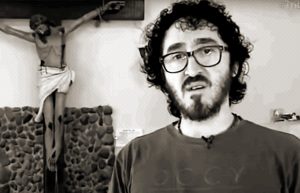
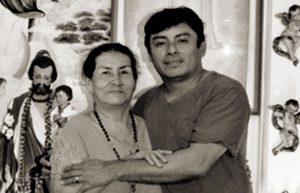
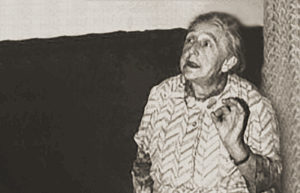 Elizabeth Kindelmann
Elizabeth Kindelmann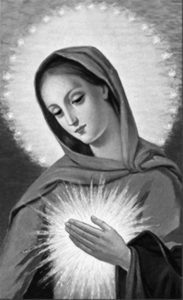 Through what became The Spiritual Diary, Jesus and Mary taught Elizabeth, and they continue to instruct the faithful in the divine art of suffering for the salvation of souls. Tasks are assigned for each day of the week, which involve prayer, fasting, and night vigils, with beautiful promises attached to them, laced with special graces for priests and the souls in purgatory. In their messages, Jesus and Mary say that The Flame of Love of the Immaculate Heart of Mary is the greatest grace given to mankind since the Incarnation. And in the not-so-distant future, her flame will engulf the entire world.
Through what became The Spiritual Diary, Jesus and Mary taught Elizabeth, and they continue to instruct the faithful in the divine art of suffering for the salvation of souls. Tasks are assigned for each day of the week, which involve prayer, fasting, and night vigils, with beautiful promises attached to them, laced with special graces for priests and the souls in purgatory. In their messages, Jesus and Mary say that The Flame of Love of the Immaculate Heart of Mary is the greatest grace given to mankind since the Incarnation. And in the not-so-distant future, her flame will engulf the entire world.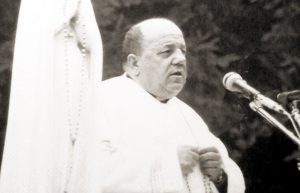 Father Stefano Gobbi
Father Stefano Gobbi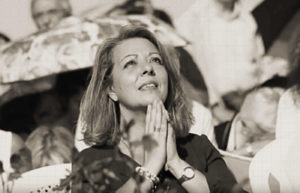 Why Gisella Cardia?
Why Gisella Cardia?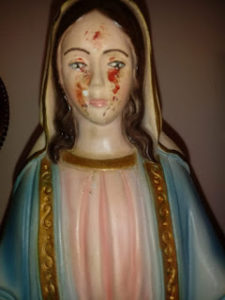 Thirdly, the messages have frequently been accompanied by visible phenomena, photographic evidence found in In Cammino con Maria, which cannot be the fruit of subjective imagination, notably the presence of the stigmata on Giselle’s body and and the appearance of crosses or religious texts in blood on Gisella’s arms. See the pictures taken from her apparition website
Thirdly, the messages have frequently been accompanied by visible phenomena, photographic evidence found in In Cammino con Maria, which cannot be the fruit of subjective imagination, notably the presence of the stigmata on Giselle’s body and and the appearance of crosses or religious texts in blood on Gisella’s arms. See the pictures taken from her apparition website 
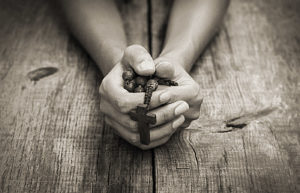 Jennifer
Jennifer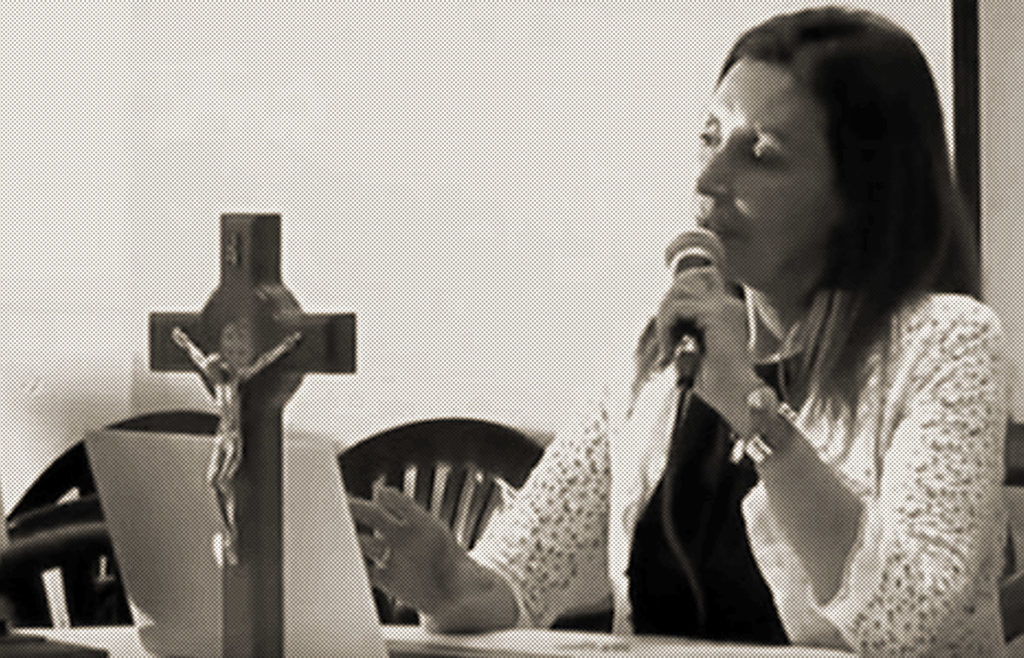
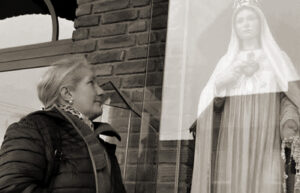 Why Manuela Strack?
Why Manuela Strack?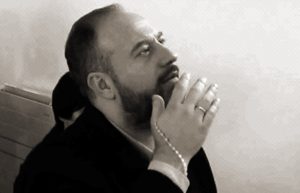

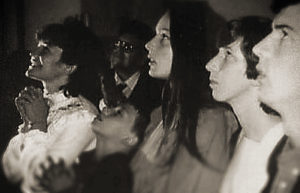 Why the Visionaries of Our Lady of Medjugorje?
Why the Visionaries of Our Lady of Medjugorje? Why Pedro Regis?
Why Pedro Regis?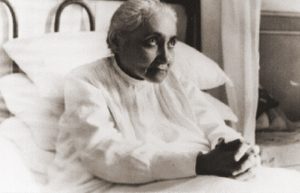 Why the Servant of God Luisa Piccarreta?
Why the Servant of God Luisa Piccarreta? of the saints. It wasn’t until she became a “Daughter of Mary” that the nightmares finally ceased at the age of eleven. In the following year, Jesus began to speak interiorly to her especially after receiving Holy Communion. When she was thirteen, He appeared to her in a vision that she witnessed from the balcony of her home. There, in the street below, she saw a crowd and armed soldiers leading three prisoners; she recognized Jesus as one of them. When He arrived beneath her balcony, He raised his head and cried out: “Soul, help Me!” Deeply moved, Luisa offered herself from that day on as a victim soul in expiation for the sins of mankind.
of the saints. It wasn’t until she became a “Daughter of Mary” that the nightmares finally ceased at the age of eleven. In the following year, Jesus began to speak interiorly to her especially after receiving Holy Communion. When she was thirteen, He appeared to her in a vision that she witnessed from the balcony of her home. There, in the street below, she saw a crowd and armed soldiers leading three prisoners; she recognized Jesus as one of them. When He arrived beneath her balcony, He raised his head and cried out: “Soul, help Me!” Deeply moved, Luisa offered herself from that day on as a victim soul in expiation for the sins of mankind. immobile, rigid-like state that appeared almost as if she were dead. It was only when a priest made the sign of the Cross over her body that Luisa regained her faculties. This remarkable mystical state persisted until her death in 1947—followed by a funeral that was no little affair. During that period in her life, she suffered no physical illness (until she succumbed to pneumonia at the end) and she never experienced bedsores, despite being confined to her little bed for sixty-four years.
immobile, rigid-like state that appeared almost as if she were dead. It was only when a priest made the sign of the Cross over her body that Luisa regained her faculties. This remarkable mystical state persisted until her death in 1947—followed by a funeral that was no little affair. During that period in her life, she suffered no physical illness (until she succumbed to pneumonia at the end) and she never experienced bedsores, despite being confined to her little bed for sixty-four years.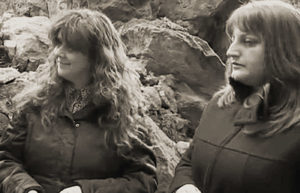 Why Simona and Angela?
Why Simona and Angela?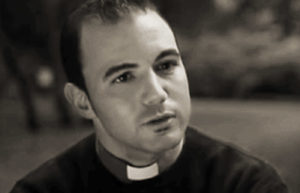
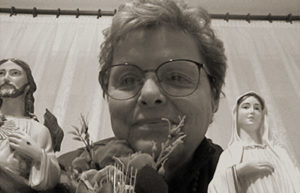 Valeria Copponi
Valeria Copponi